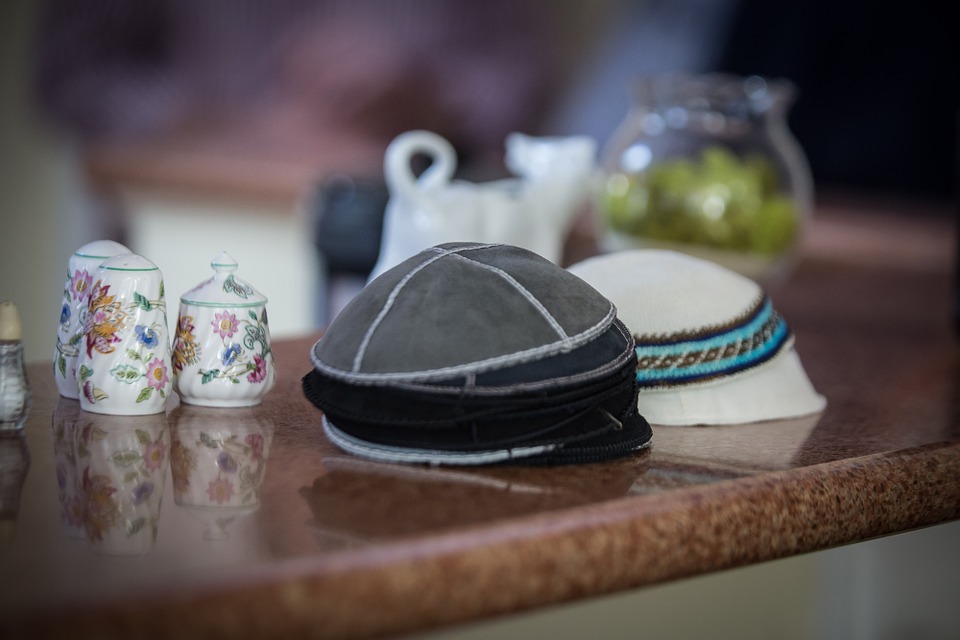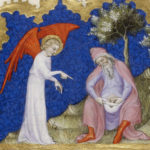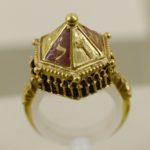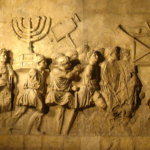There are two basic approaches to dealing with the issue of the head-covering worn by Orthodox Jews, the Kipa (Hebrew) or the Yarmulke (Yiddish, often pronounced “Yamaka” in New Yorkish).
One is the actual and historical origin, its religious connotations, and investigation into the origins of the name, while the other is comedic.
Personally, I opt for the second, simply because religion, in general, is sadly deficient in humor.
The Kipa
The word “kipa’ is Hebrew and is used variously for both the skullcap and for a dome, as on a building. The connection is of course obvious. This may be why some self-proclaimed ultra-Orthodox Jews wear them in such a shape that they touch the head only at the rim, projecting up and giving the impression of them being of Conehead origin. especially meticulous in this habit are the Hasidim of the Gerrer Rebbe, who presumably find this appropriate to the rest of their outlandish getup of knickers (short pants, not underwear) tucked into socks, fur hats no matter the weather, and super-seized tzitzis or ritual fringes.
The origin of the word Yarmulke is shrouded in mystery
Some claim it’s a contraction of the Aramaic words “Yeray Malka”, and date back to Talmudic times when Aramaic was the lingua franca. this is extremely unlikely, simply because the custom of wearing them is of much more recent origin. More likely it stems from some old French or Spanish word, akin to the way the French word “chaud (hot) became the Yiddish word cholent, referring to the hot chili-like stew eaten on Saturdays by many/most Orthodox Jews.
The second option referred to earlier, comedy, is much more (to me, anyway) illuminating. Yarmulkas serve many purposes, in addition to the religious. With a yarmulka, you never have to use your bare hand to replace a hot light bulb when inevitably you find yourself up on a ladder without a helper. You never have to search for something to use to help you grip to open a tightly-stuck jar.
On the other hand, they are hard to hold on to, especially if you like open-air sports. To solve the problem of constantly losing them when I drove around in my convertible, I invented the contact-paper yarmulka, which stayed on at speeds up to 110 MPH. Sadly, in testing their wind resistance, I lost most of my hair. I consider that a donation to research.
My Second Discovery
They are also useful as knit comb-overs with a kipa of the proper color and size, in photos taken from not-too-close, you barely look follicly challenged. Especially if you plan on using the photo on JDate, or more likely if you wear one of these, Frumster.
 On the third hand (Jews never run out of hands when they are having discussions), wearing a yarmulke leads to having bizarre discussions with the ignorant of all religions. My favorite response to tourists from the Midwest (and the response least likely to be followed by more questions) is to tell them that the colors of the yarmulkes indicate the spiritual ranking of the wearer, following a very complex
On the third hand (Jews never run out of hands when they are having discussions), wearing a yarmulke leads to having bizarre discussions with the ignorant of all religions. My favorite response to tourists from the Midwest (and the response least likely to be followed by more questions) is to tell them that the colors of the yarmulkes indicate the spiritual ranking of the wearer, following a very complex
color-coded chart. Since the Pope traditionally wears a red one and bishops a white one, everyone accepts this response with surprising equanimity.
If there’s any interest in more on this subject, I have some interesting stories about traveling through Asia wearing one of these, and how they ended up as a fashion accessory at a geisha fashion show in Tokyo.






